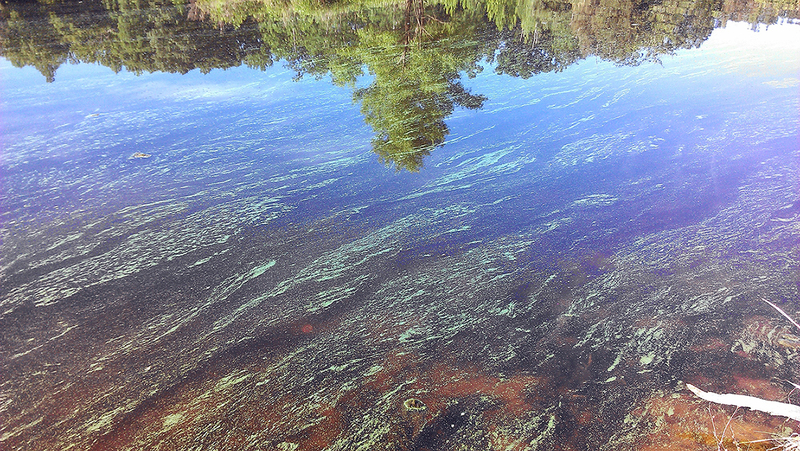Algae are aquatic organisms that will grow at a fast pace in a water body with an overabundance of nutrients such as phosphorus and nitrogen. An algae bloom can be unsightly, and there are some species that can produce dangerous toxins.
In response to the recent concern about algae blooms contaminating drinking water coming from the Lake Erie watershed, SOLitude Lake Management, an industry leader in lake and pond management, fisheries management and related environmental services for the eastern United States, recommends the following proactive steps to prevent a eutrophic (nutrient-rich) environment and the contamination of a watershed and water supply from toxic and potentially dangerous algae blooms:
Reduce the nutrient load entering the watershed. One method to reduce the phosphorus entering a watershed is to reduce the amount of fertilizer applied to lawns and farms. Fertilizer contains phosphorus and nitrogen that, with long-term or over fertilizing, can enter the watershed through runoff and reach the saturated levels that produce algae blooms. Another way to reduce the phosphorus load is to maintain a healthy vegetative buffer at the edge of a water body. The vegetative buffer will help capture and utilize phosphorus or nitrogen before it enters the water.
Reduce the phosphorus load already in a watershed. If the phosphorus load is determined through water testing to be at a level where a widespread algae bloom could occur, the phosphorus in the water body can be reduced with the use of a naturally occurring element with a high affinity to permanently lock available phosphorus, and therefore reduce its availability for algae production.
Balance the nutrient ratios among all important nutrients. While it is important to reduce nutrient load or remove excess phosphorus from a water body, it is also as important to balance the ratios of other important nutrients that can play a role in an algae bloom: nitrogen, carbon, and silicon. After water testing and determining which nutrients are out of balance, there are several strategies available for balancing the nutrient levels in a water body that may include aeration, biological controls, improved cultural practices, the use of natural binding agents that sequester the nutrient from the water column and sediments, and possibly dredging.
“What all landowners, from homeowners to farmers, need to understand is that every foreign substance they introduce to their environment can end up in our watershed and our water supply if not properly managed,” said Shannon Junior, aquatic ecologist with SOLitude Lake Management. “This can happen in any part of the country, not only in the watershed of Lake Erie.”
Since 1998, SOLitude Lake Management has been committed to providing lake and pond management services that improve water quality, preserve natural resources, and reduce environmental footprint. Learn more about SOLitude Lake Management and purchase products at www.solitudelakemanagement.com.




















































